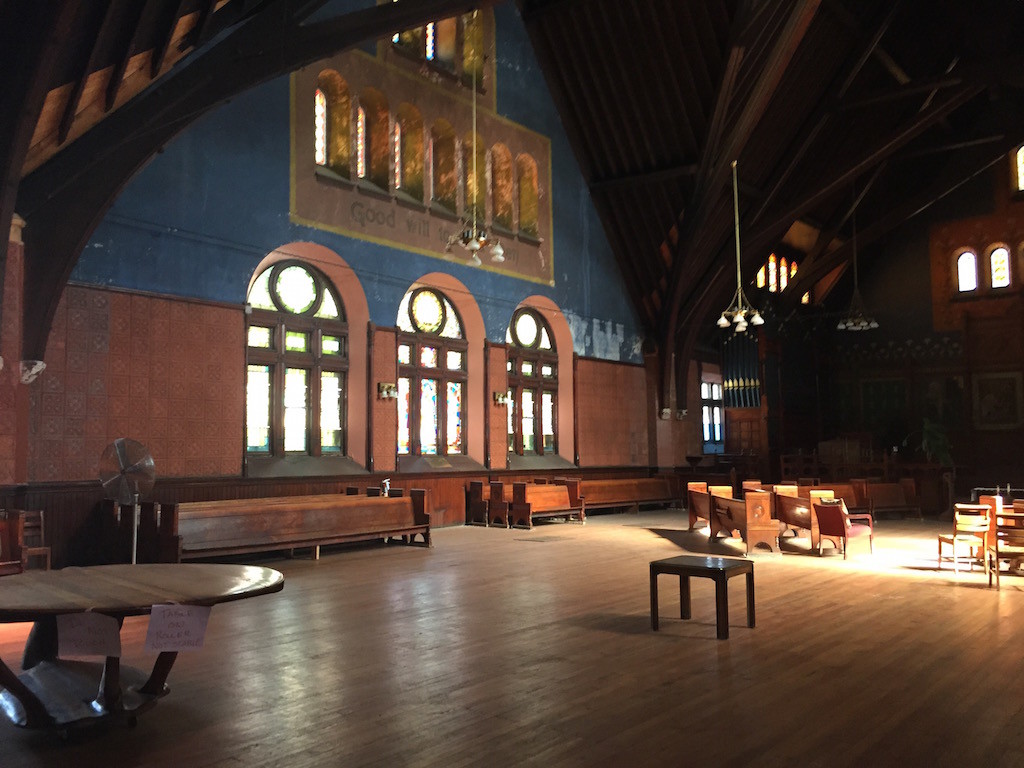
I have a melancholy, hopeful love for abandoned churches.
I visited this one last winter, meeting one of our Bishop’s staff to pick up some used furniture, cassocks, and hymnals for St. Benedict.
The Episcopal Church of the Epiphany was built in 1885 and closed in 2011. It’s located in the medical district of Chicago, just west of downtown, near United Center.
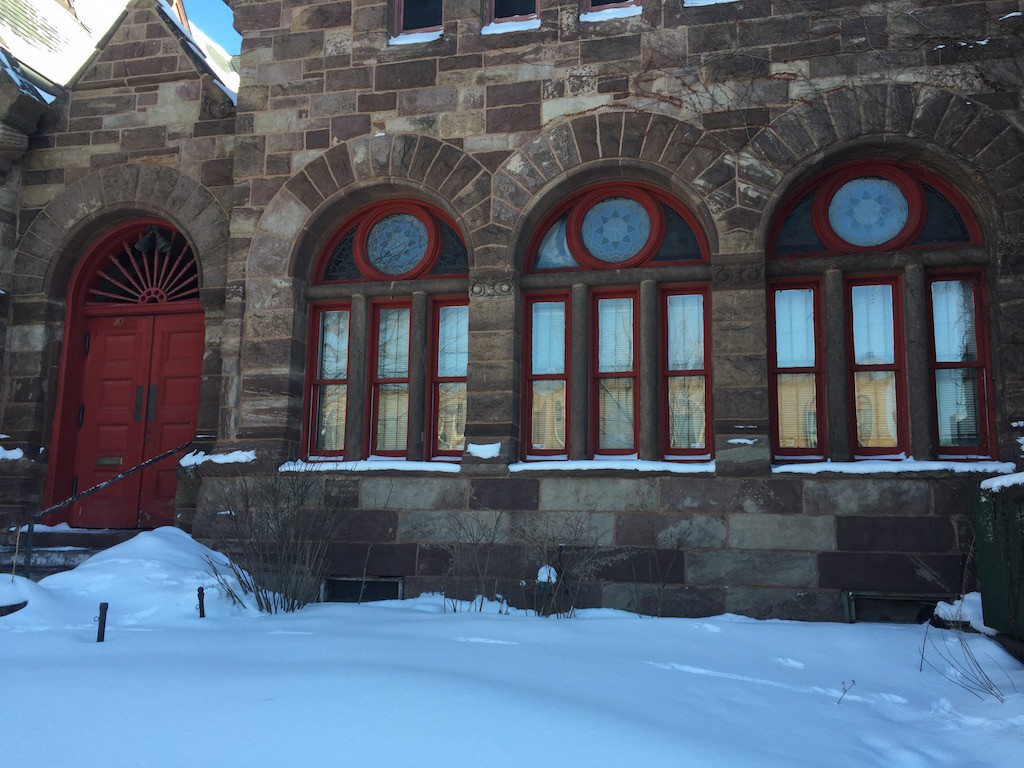
It was built and financed by one person or family, as I understand it, almost as personal project!
Like an empty castle or palace, a historic church is a beautiful, cavernous space full of ghosts. Your mind and soul soar upward and outward with the beauty, but there’s something heavy there, too.
There is a feel both of antique grandeur and neglect.
But so much unused, grand space gets me wondering… What could be next? A school? A new church? A monastery? A fine arts center?
Epiphany doesn’t look empty, if you’re just walking by.
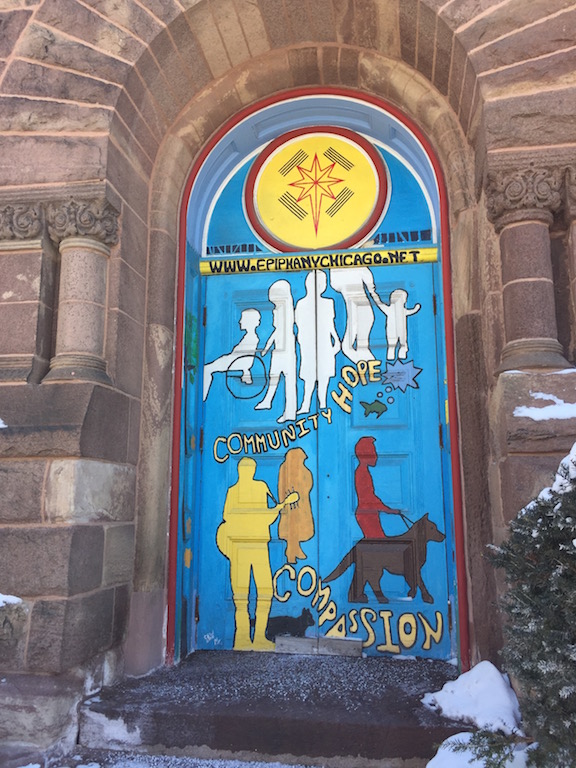
From what I understand, it never able to attract critical mass – there is no parking lot and the huge building would be tough for any but a very large congregation to maintain, much less to heat.
In later years, the congregation decided to worship in this smaller space, to feel more intimacy and to save energy.
It’s for sale, if you’re interested. The Bishop might throw in a few lovely pieces of liturgical furniture, even.
Some nice stained glass, too.
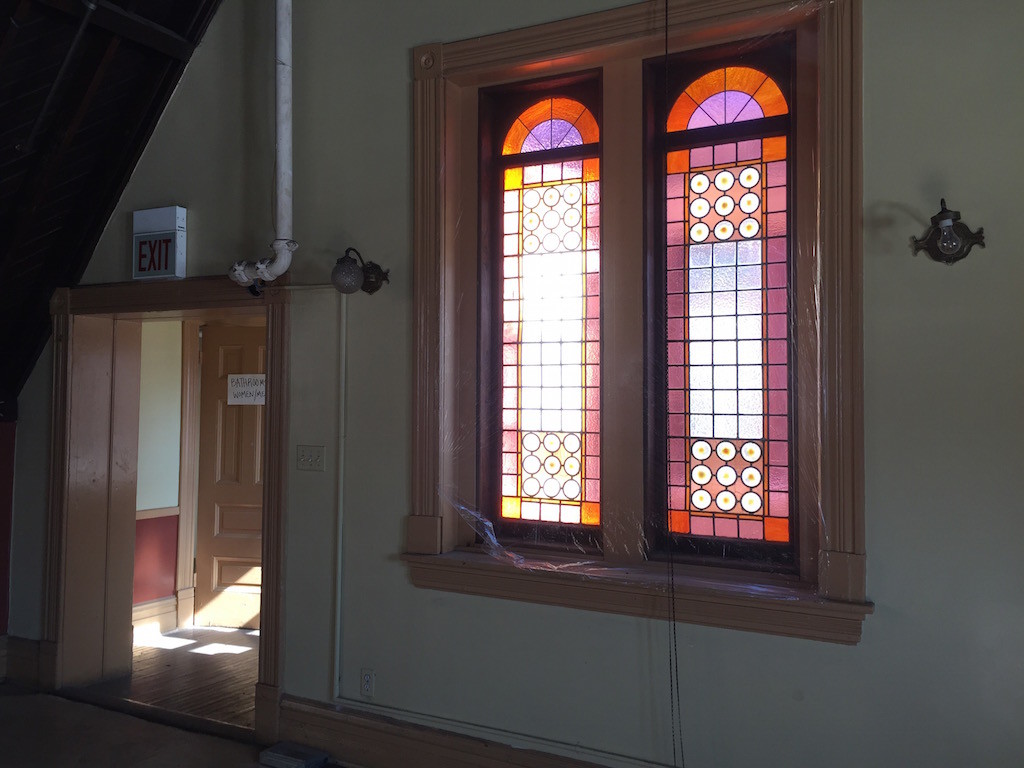

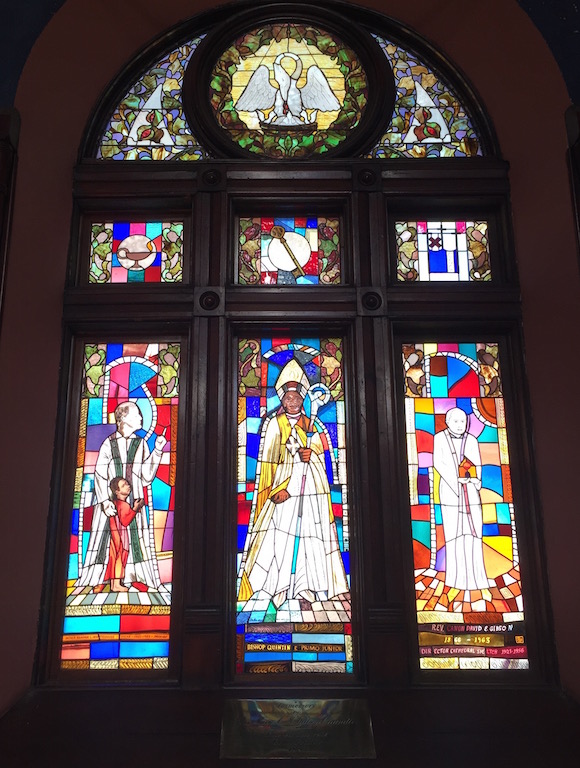 Bishop Quintin Primo, at center, Chicago’s first African American Episcopal bishop (1913-1998).
Bishop Quintin Primo, at center, Chicago’s first African American Episcopal bishop (1913-1998).
My mind imagined all kinds of things as I wandered around this place – what would I do with a behemoth building like this, if I had unlimited resources? I’ve always felt drawn to monastic communities. How could this place have new life?
Such a beautiful front door… albeit with crumbling steps. And no wheelchair ramp.
Right next door is their former homeless shelter. Plenty of room for a retreat center or new monastic community? Of course, who knows what it looks like inside.
Maybe the shelter’s back yard there could be a self-sustaining vegetable garden? With some urban chickens? It gets south and west facing sunlight, even.
But really, these buildings are not in any kind of great shape. The dreaming and romance only goes so far before there’s a reality check. And there are plenty of less than romantic, not-castle-like spaces!
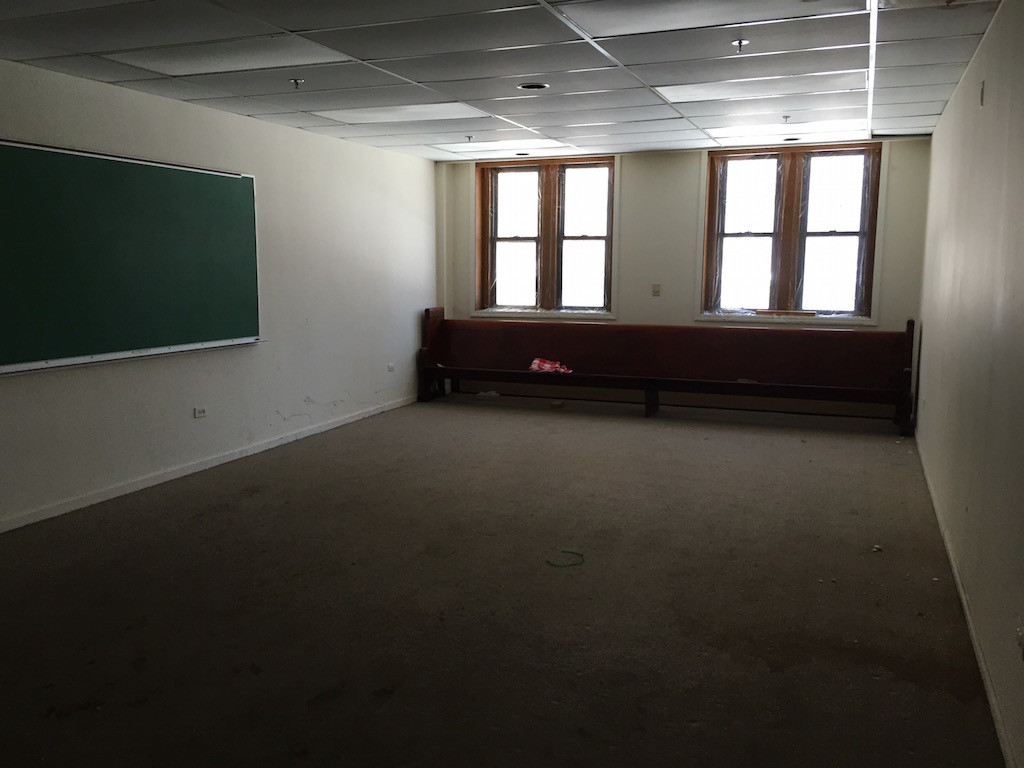
Still, there’s something inspiring about the place.
Inspiring, if logistically daunting.
This photo is blurry, but you can see how lovely the sanctuary is – and how huge.
Some empty churches can only be torn down, others wait for years for a buyer, but it’s wonderful when abandoned churches can give life to their communities again.
There’s a commission in the U.K. assigned with caring for and finding new uses for abandoned churches. Including camping in them! And bat conservation events.
The Diocese of London has been actively nurturing and turning them over to thriving Christian spiritual communities. I love this quote from their report on renewed and emerging congregations:
Empty church buildings are ‘like an empty palace of a long-forgotten king – people walk past and think that the king is dead’. Our mission is to show London that the King is not dead, he is very much alive, through the creation or renewal of one hundred worshipping communities.
Wow. They’re doing more than writing dreamy blog posts over there! Frankly, I know my bishop would love to do more of this stuff, but we don’t have the resources that dioceses and Anglican churches, as state historic buildings in the U.K., have.
Still, it’s fun to imagine.
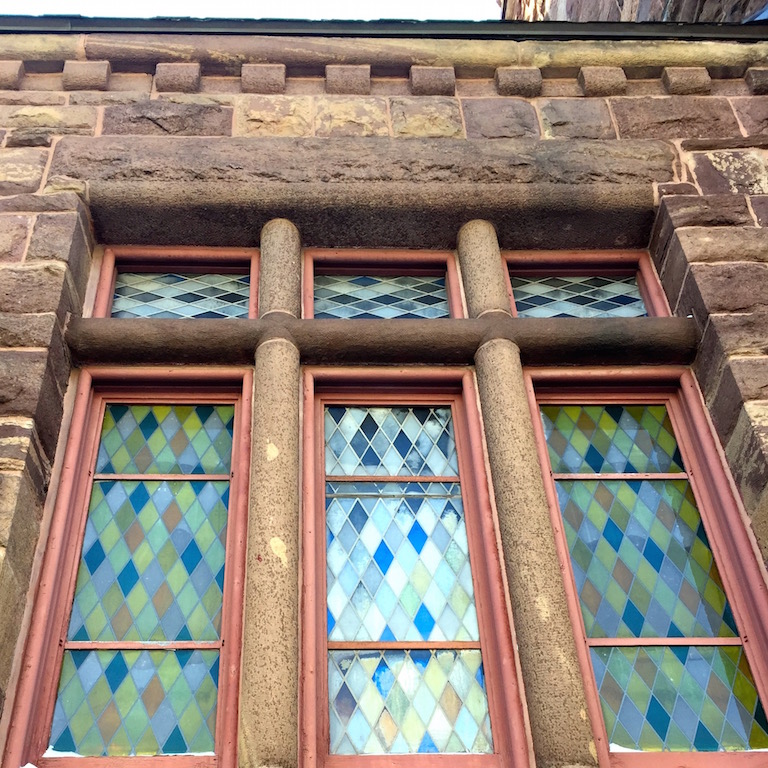
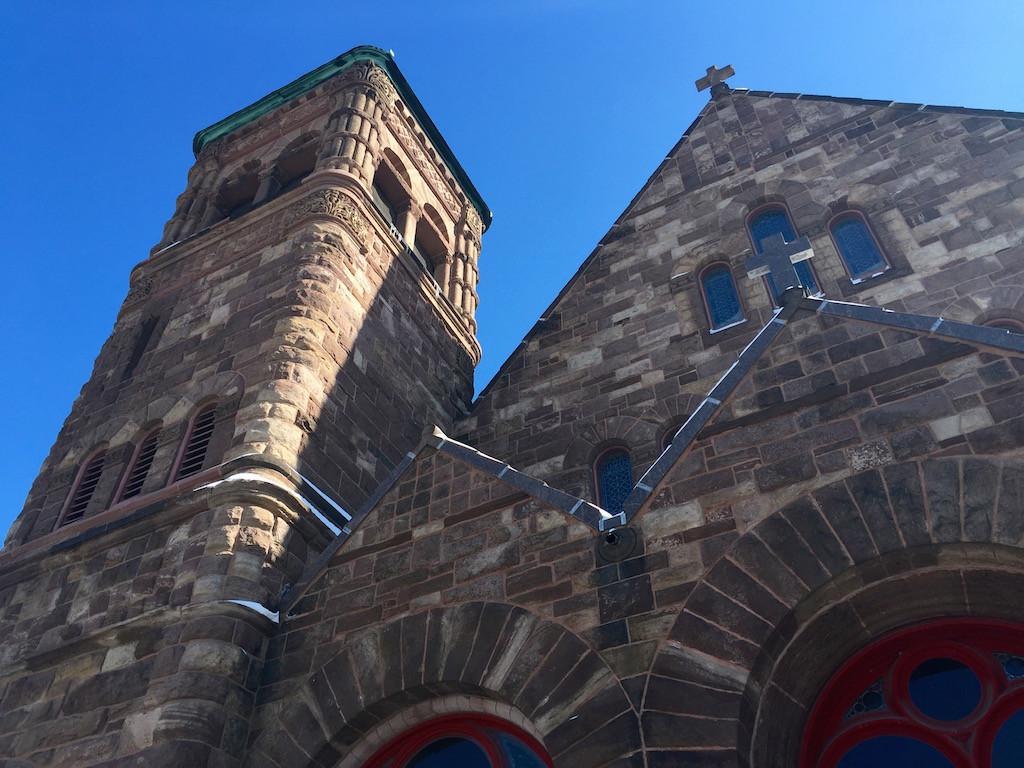
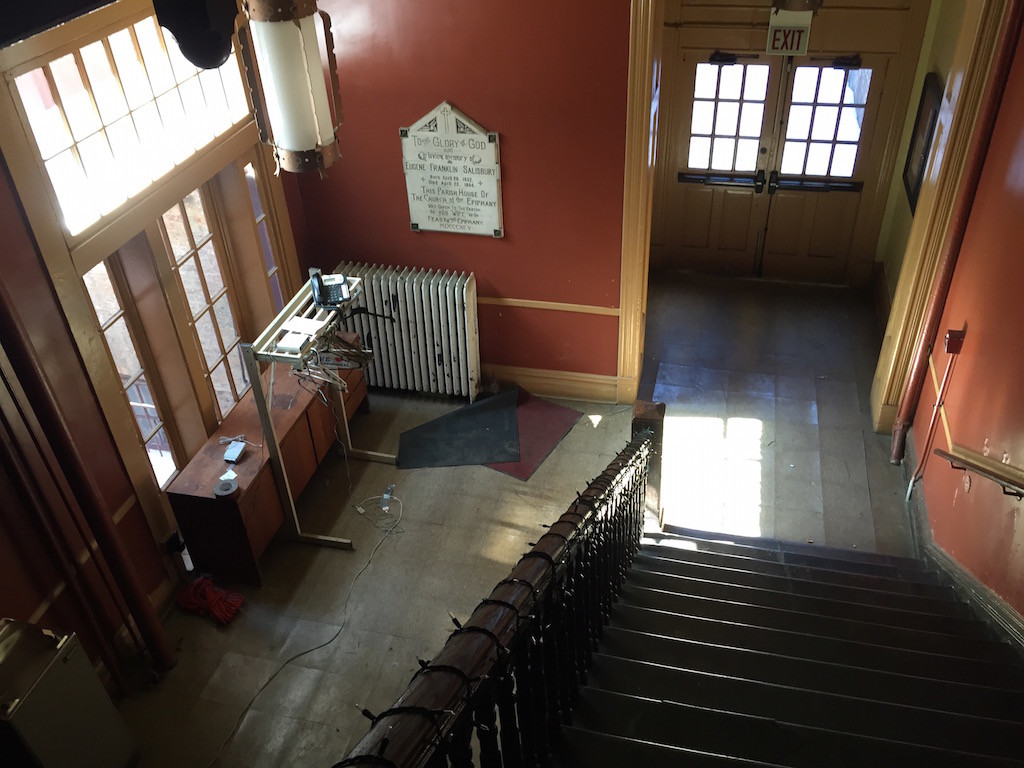
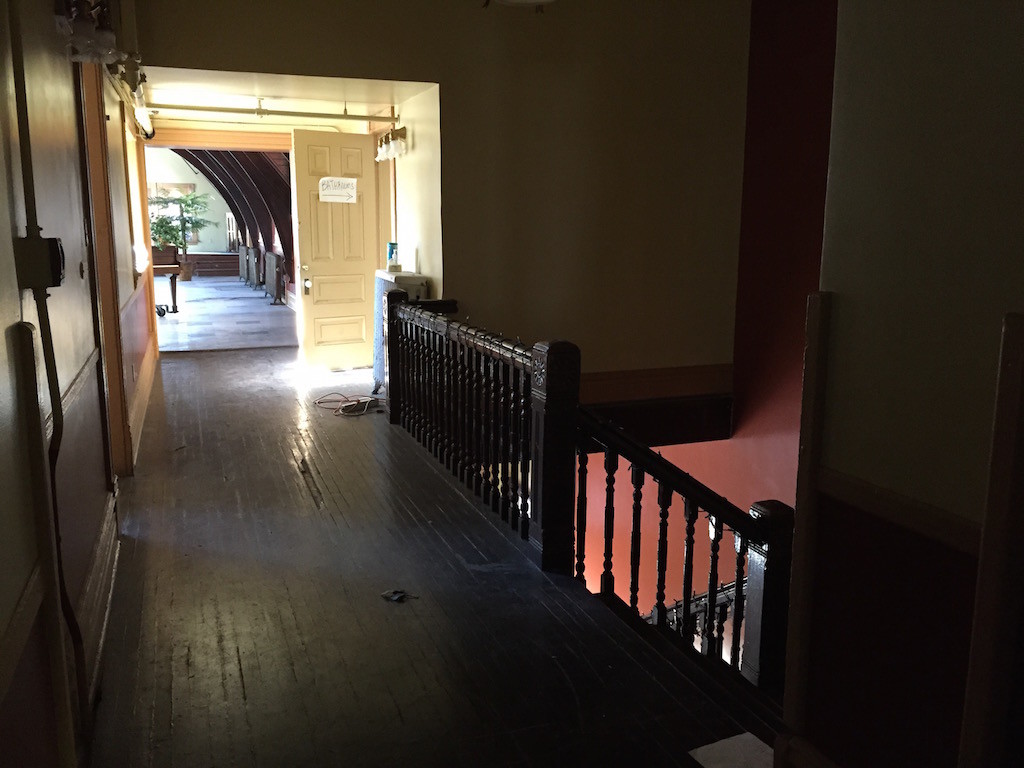
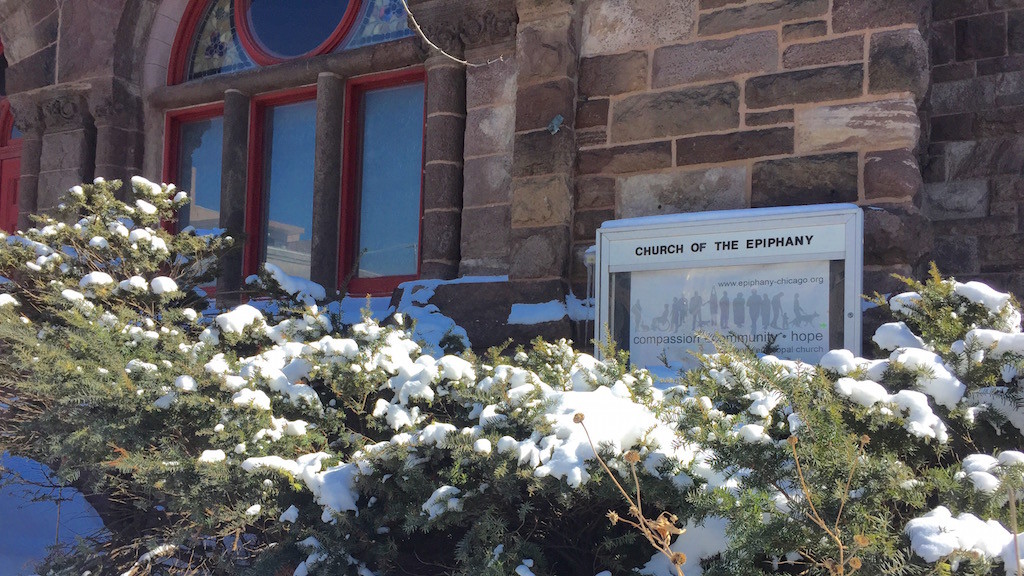
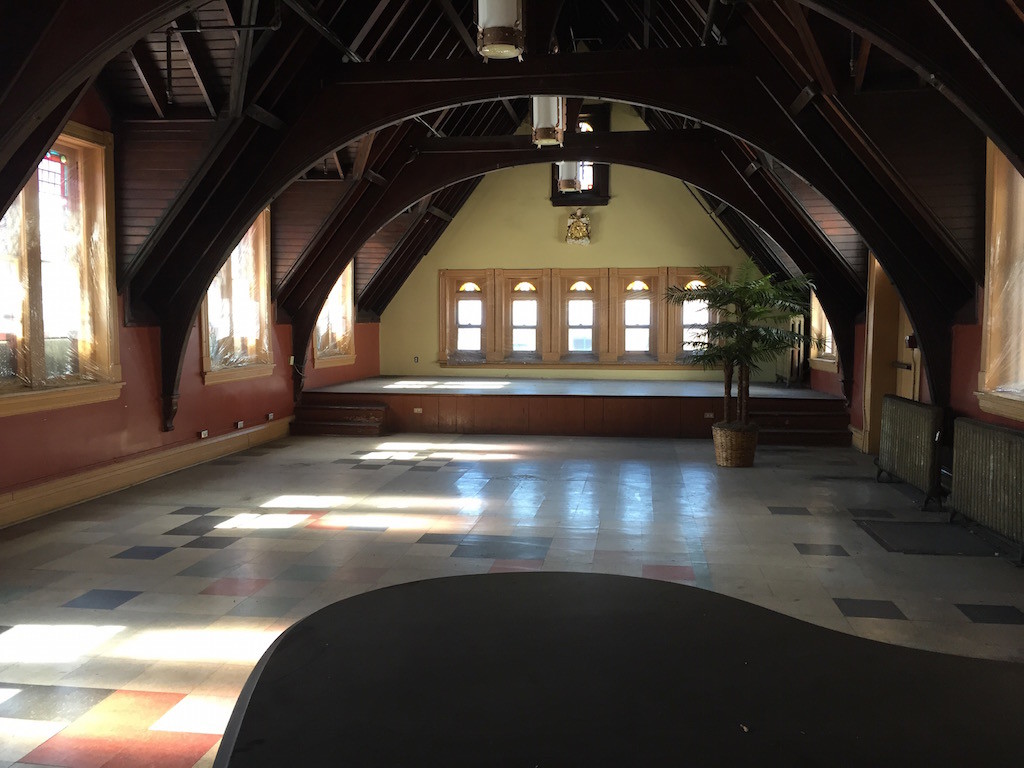
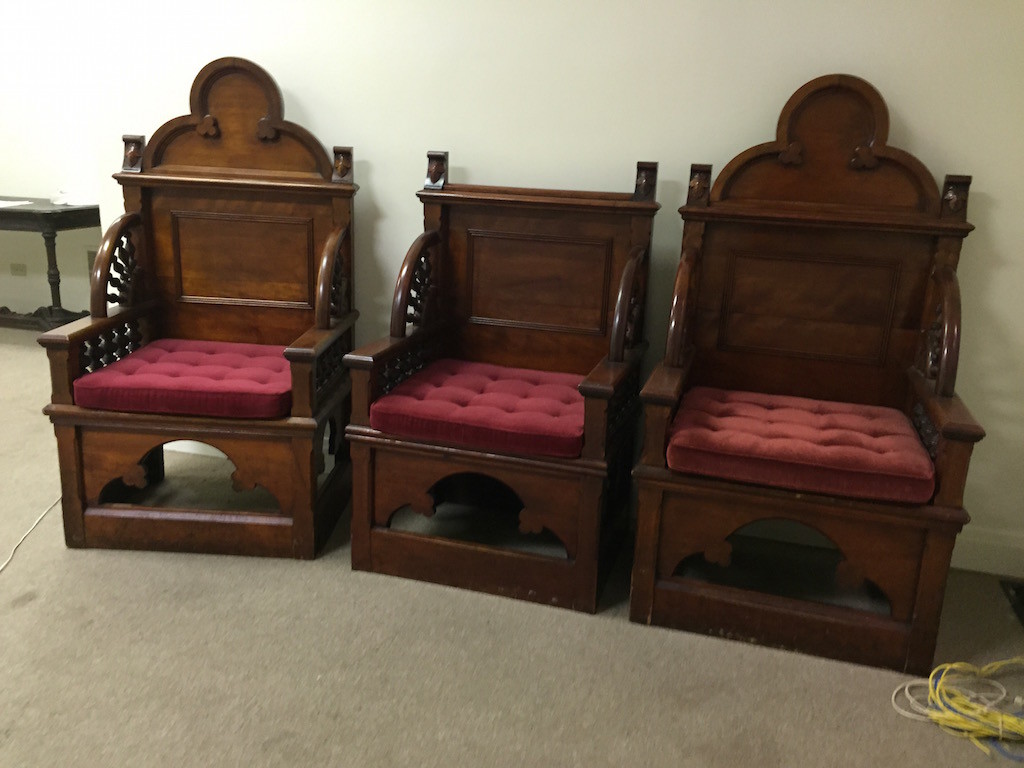
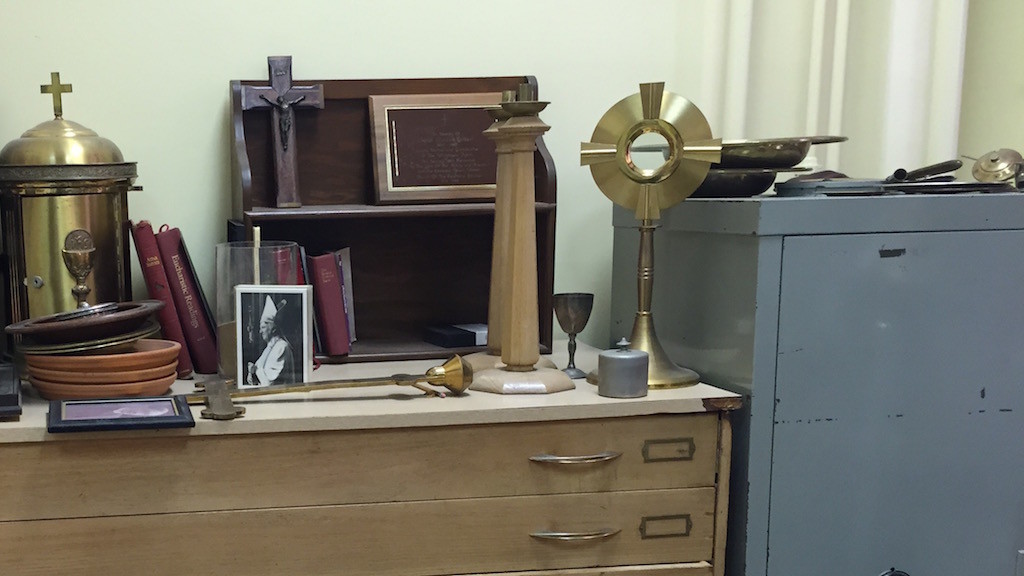
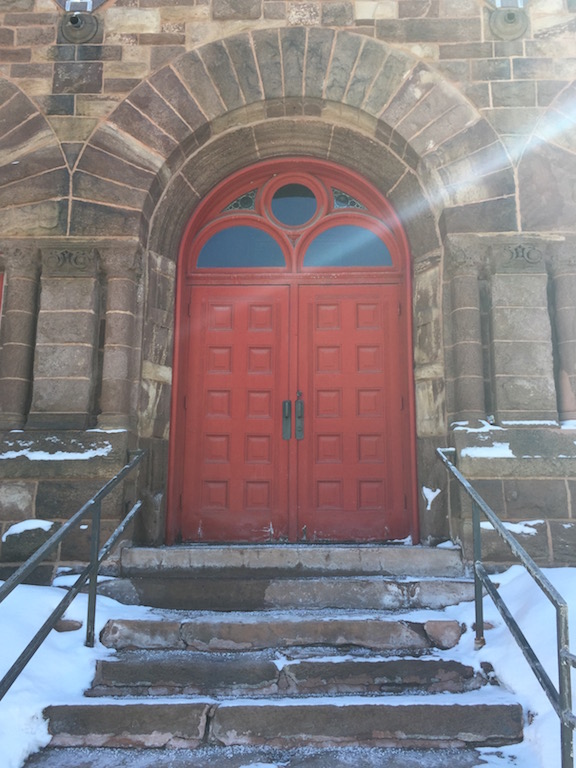
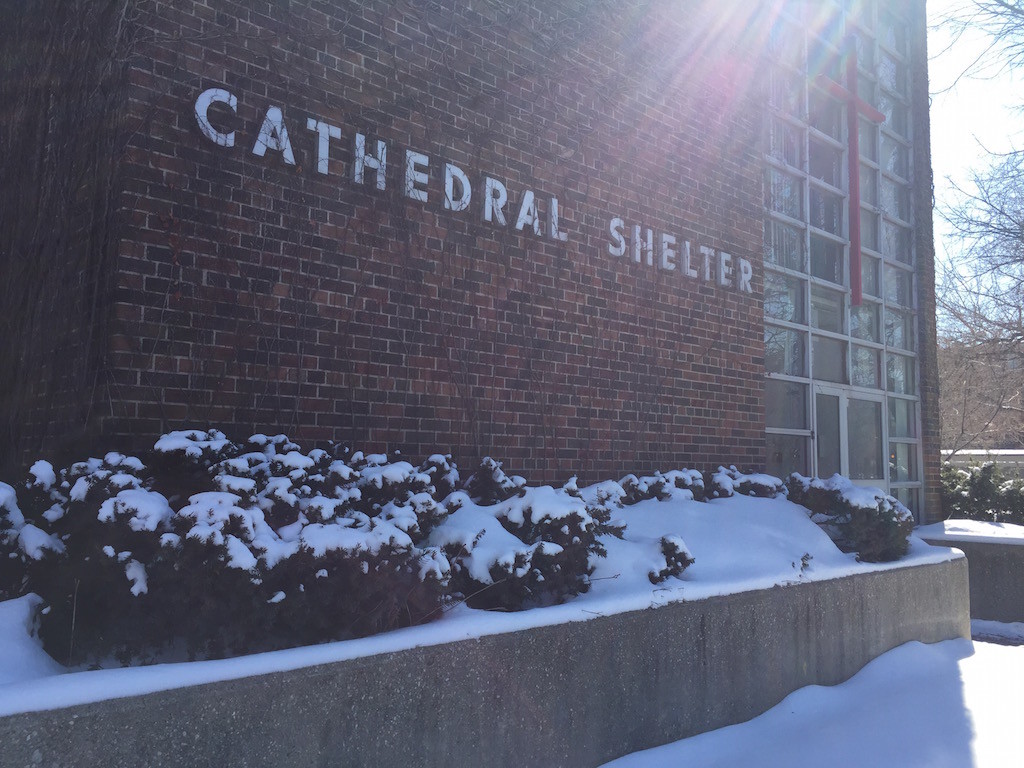
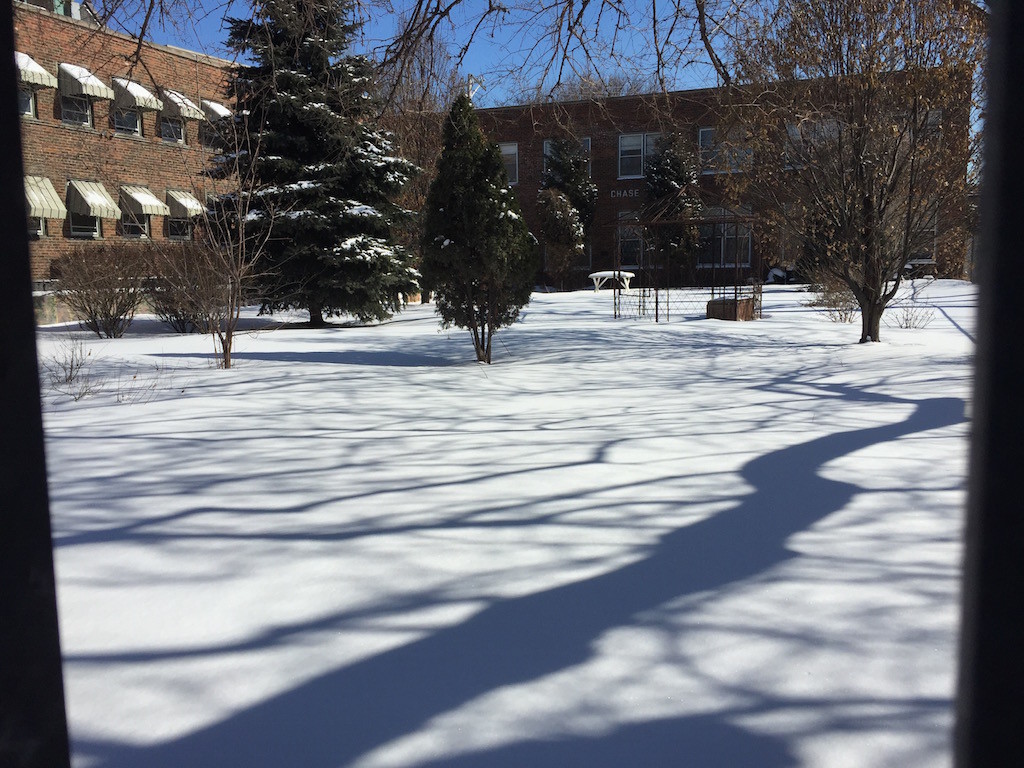
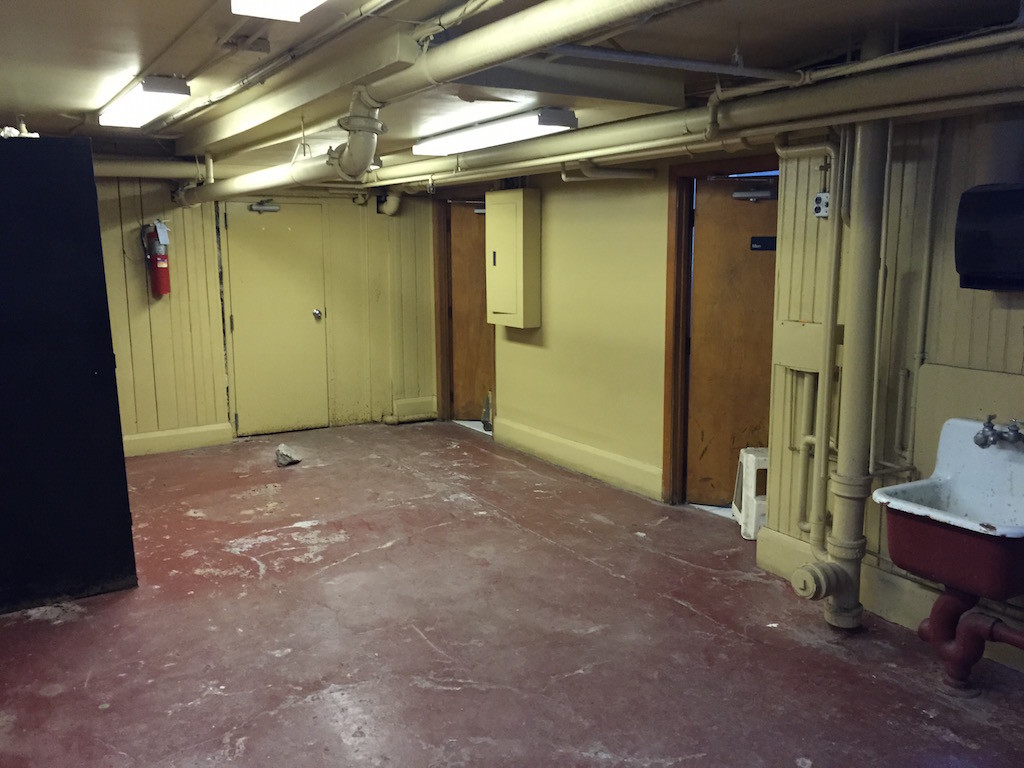
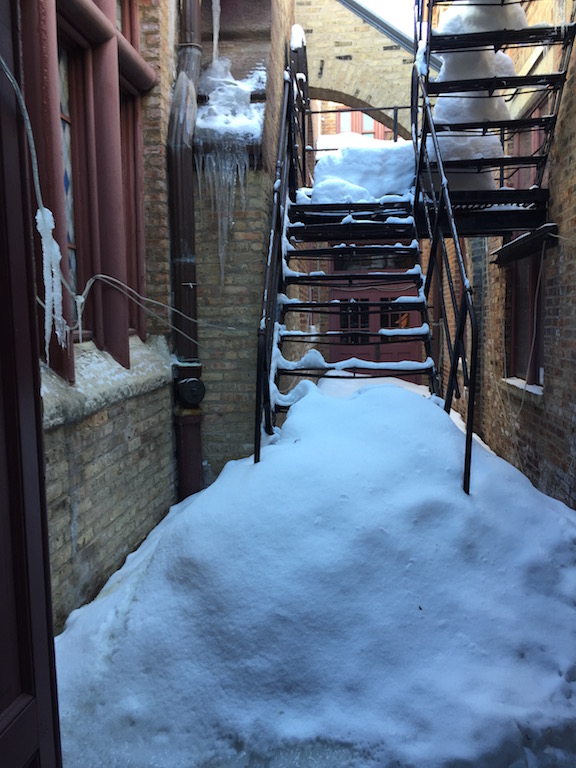
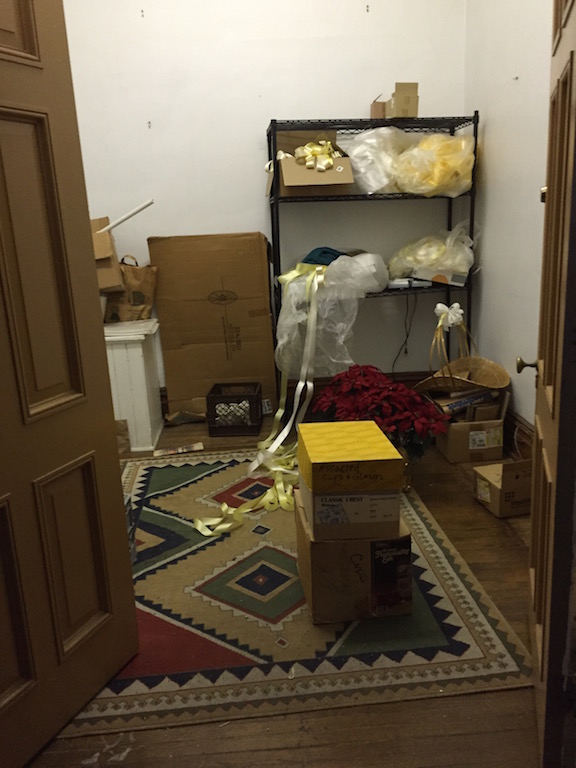
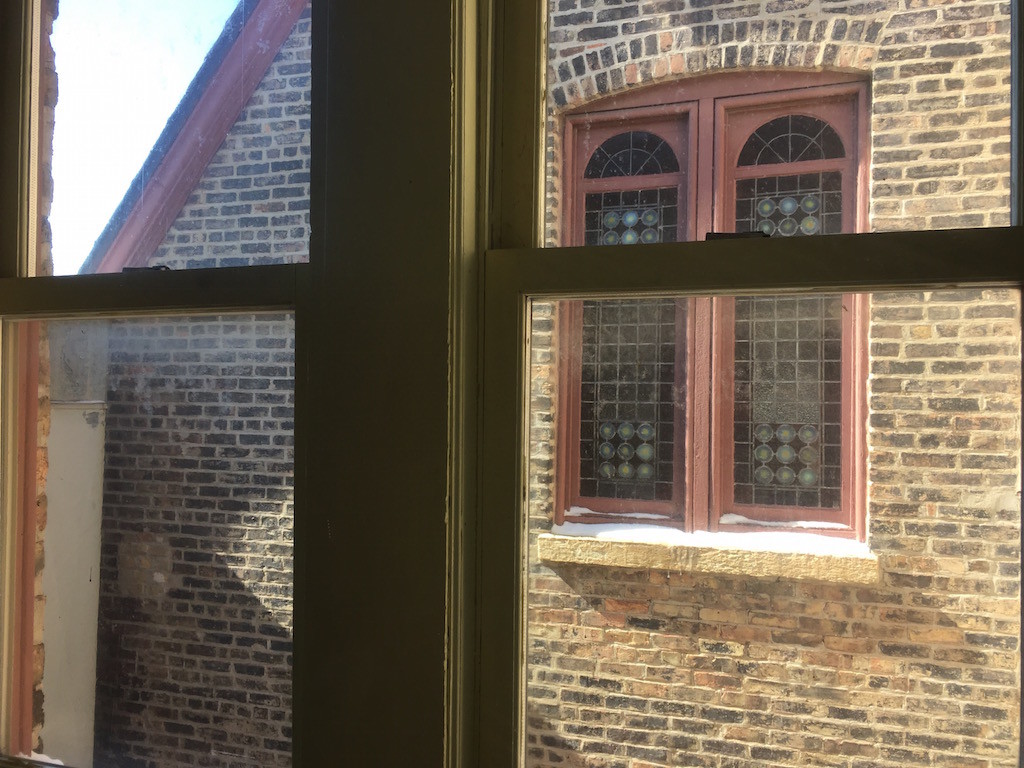
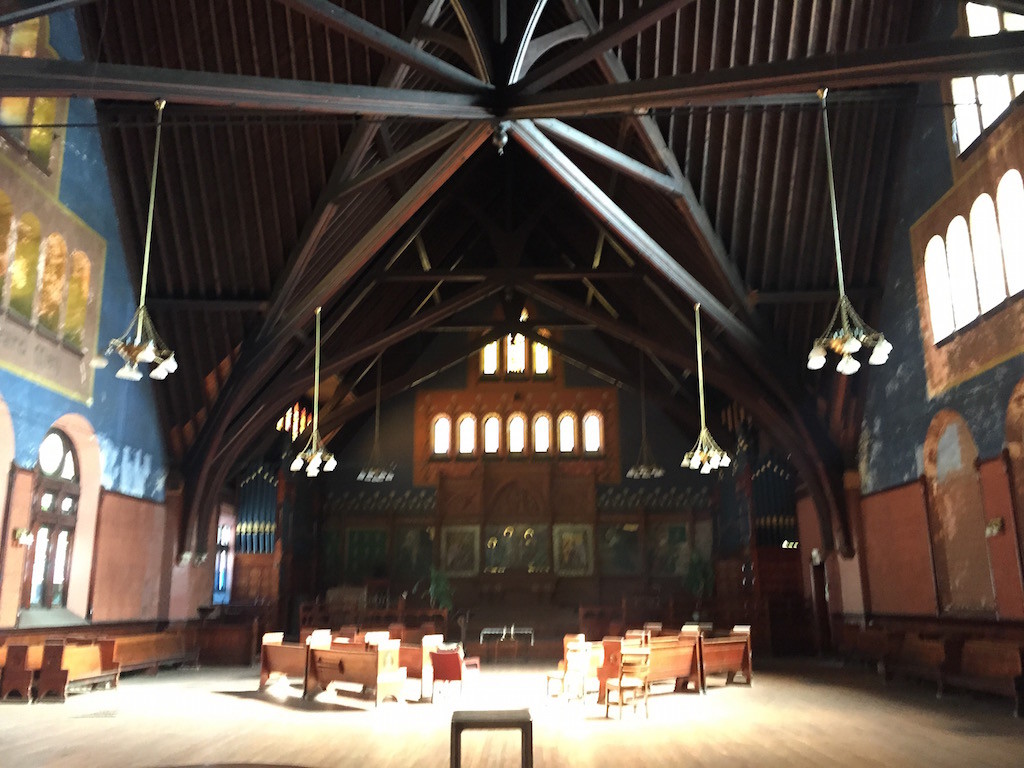



I was installed to be Episcopal/Lutheran campus minister at UIC in a service at Epiphany in 1985. Memories. Thanks, Heidi!
Huge stained glass windows were stolen in the early 2000’s while it was still a church community. During it’s final years, the nave held coffee houses and theater productions, with strings of lights crisscrossing the space. In 2010, the final graduation ceremony for 6 young men from St. Gregory School was held at Epiphany, the mother church of the school.
Heidi, I met you briefly at the Peace during Rev. Donna’s final Sunday at St. Barnabas; and being curious about where Donna was headed next, I did some online spying, and came across your blog. I have enjoyed it very much. Thank you for seeing and loving the universe in a grain of sand or an abandoned church or a suburban town, like you do. All the Best.
Thank you, Marcy!
Dear Heidi,
I loved reading this blog and share your sense of romance as well as mourning for the church of the Epiphany and so many others like it. I followed the link in your last segment to the English non-profit organization, English Heritage, which does such good work preserving and transforming ancient church buildings. They rely on donations and gifts from the UK lottery fund. Churches that hope to receive a grant to restore their building for continued worshipping congregations are most likely to be successful if they have spent all their available resources first, and of course are the oldest and of most historical value.
I wondered if the idea could be replicated here? Would it be possible for a non-profit to draw funds to transform old churches into community projects? Massive undedertaking.
Thanks for writing and for the wonderfully emotive photos.